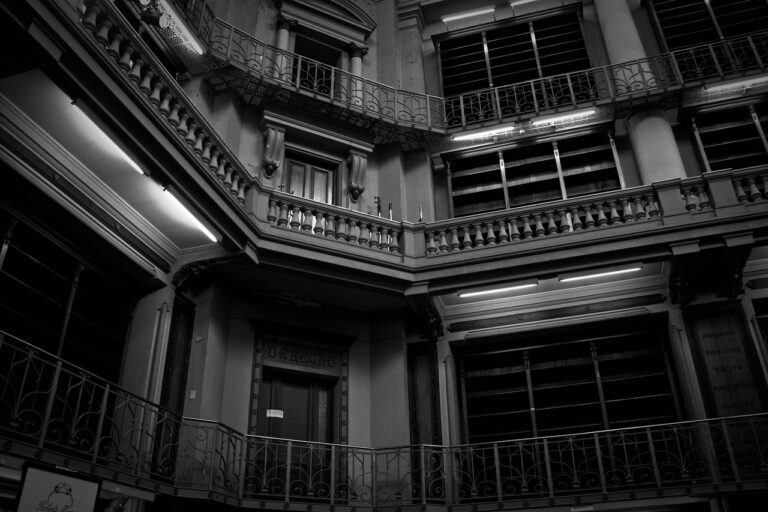The Role of Cultural Heritage in Education
Incorporating cultural heritage in education enhances students’ sense of identity and belonging. By learning about their own cultural background and the heritage of others, students develop a deeper understanding and appreciation of diversity. This leads to a more inclusive learning environment where all students feel valued and respected.
Furthermore, integrating cultural heritage in education helps students develop critical thinking skills. By exploring different cultural perspectives, students learn to think more broadly and consider alternative viewpoints. This not only enriches their educational experience but also prepares them to be more open-minded and empathetic individuals in an increasingly globalized world.
Understanding the Significance of Cultural Heritage in Learning
Cultural heritage plays a vital role in enriching the learning experiences of students across the globe. By incorporating elements of cultural heritage into the education system, students can gain a deeper understanding of various traditions, customs, and practices that have shaped societies throughout history. This inclusion not only fosters a sense of appreciation for diversity but also helps in promoting cultural awareness and sensitivity among learners.
Moreover, integrating cultural heritage into education can provide students with a more holistic perspective on different aspects of life. By studying the cultural heritage of various communities and regions, students can develop a broader worldview and learn to embrace different beliefs and values. This exposure to diverse cultural backgrounds not only encourages tolerance and empathy but also nurtures a sense of respect for the rich tapestry of human history and civilization.
Why is it important to incorporate cultural heritage in education?
Incorporating cultural heritage in education helps students develop a sense of identity, respect for diversity, and critical thinking skills. It also promotes cultural preservation and understanding.
How does understanding cultural heritage enhance the learning experience?
Understanding cultural heritage provides students with a broader perspective on history, society, and the world. It allows them to make connections between the past and present, fostering a deeper understanding of their own culture and others.
What are some practical ways to incorporate cultural heritage in the classroom?
Teachers can incorporate cultural heritage by including diverse perspectives in the curriculum, celebrating cultural holidays and traditions, inviting guest speakers from different cultural backgrounds, and incorporating cultural artifacts and literature into lessons.
How can students benefit from learning about cultural heritage?
Students can benefit from learning about cultural heritage by developing empathy, tolerance, and respect for others. It also helps them appreciate the diversity of the world and their own place within it.
What role does cultural heritage play in shaping a student’s identity?
Cultural heritage plays a significant role in shaping a student’s identity by providing a sense of belonging, pride, and connection to their roots. It helps them understand who they are and where they come from.





